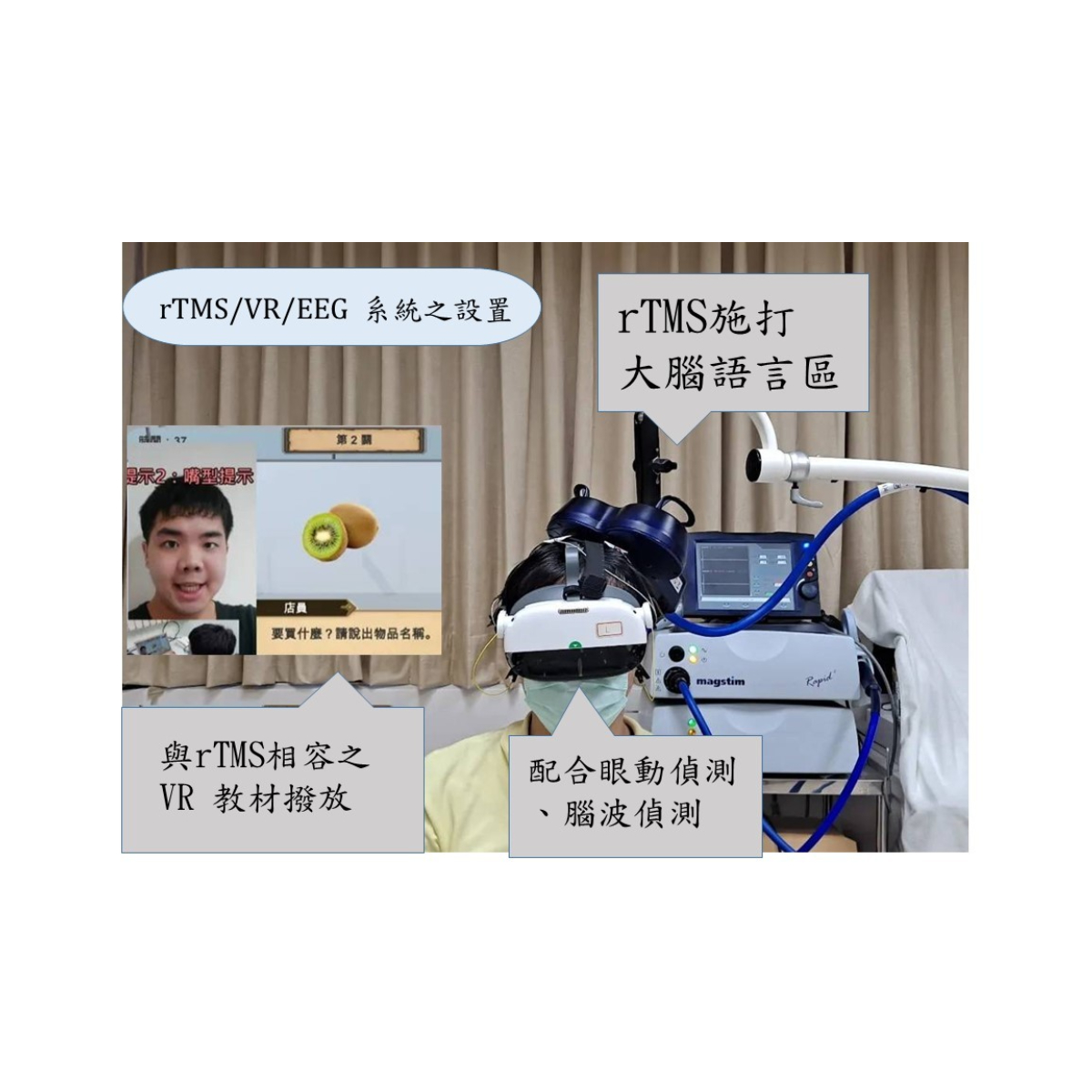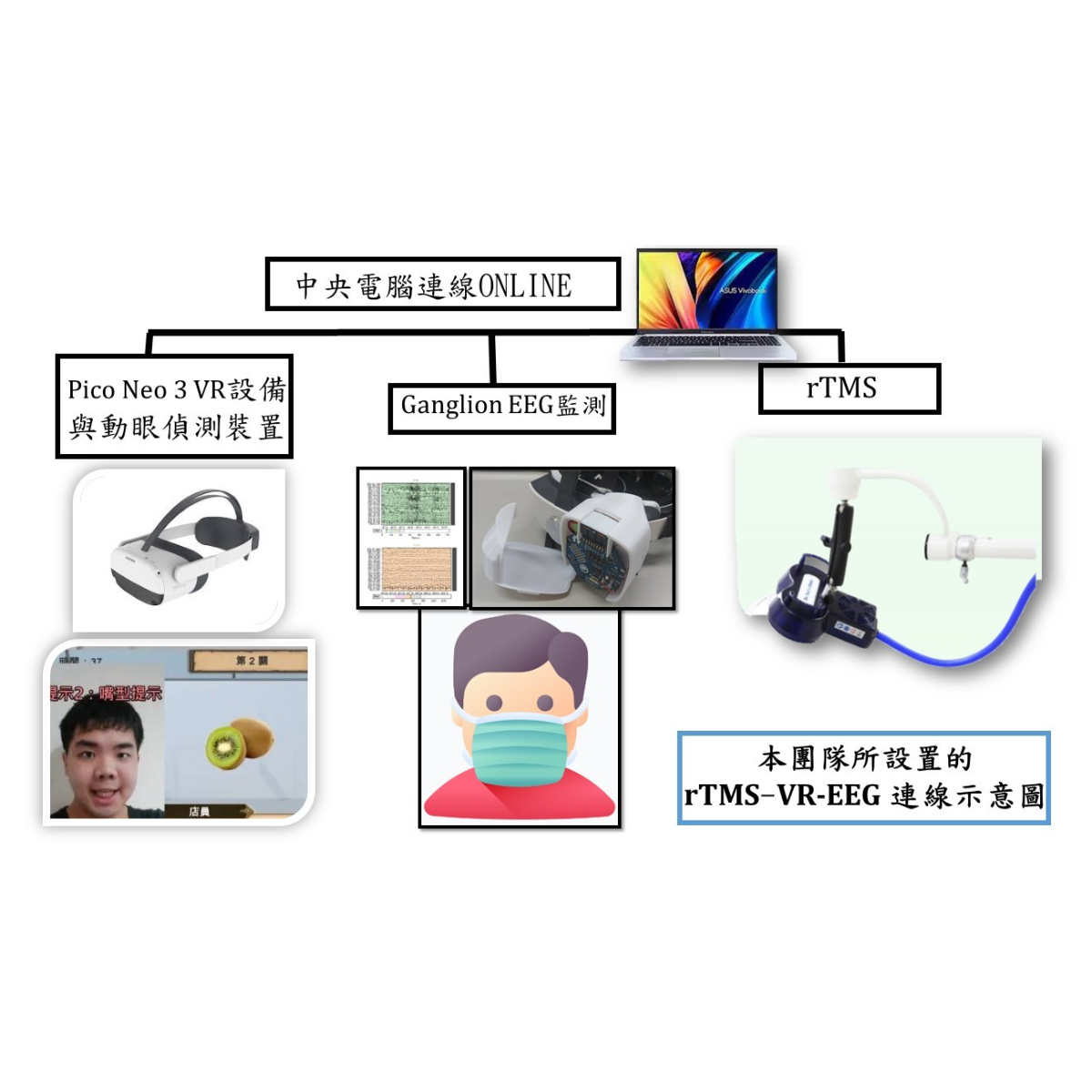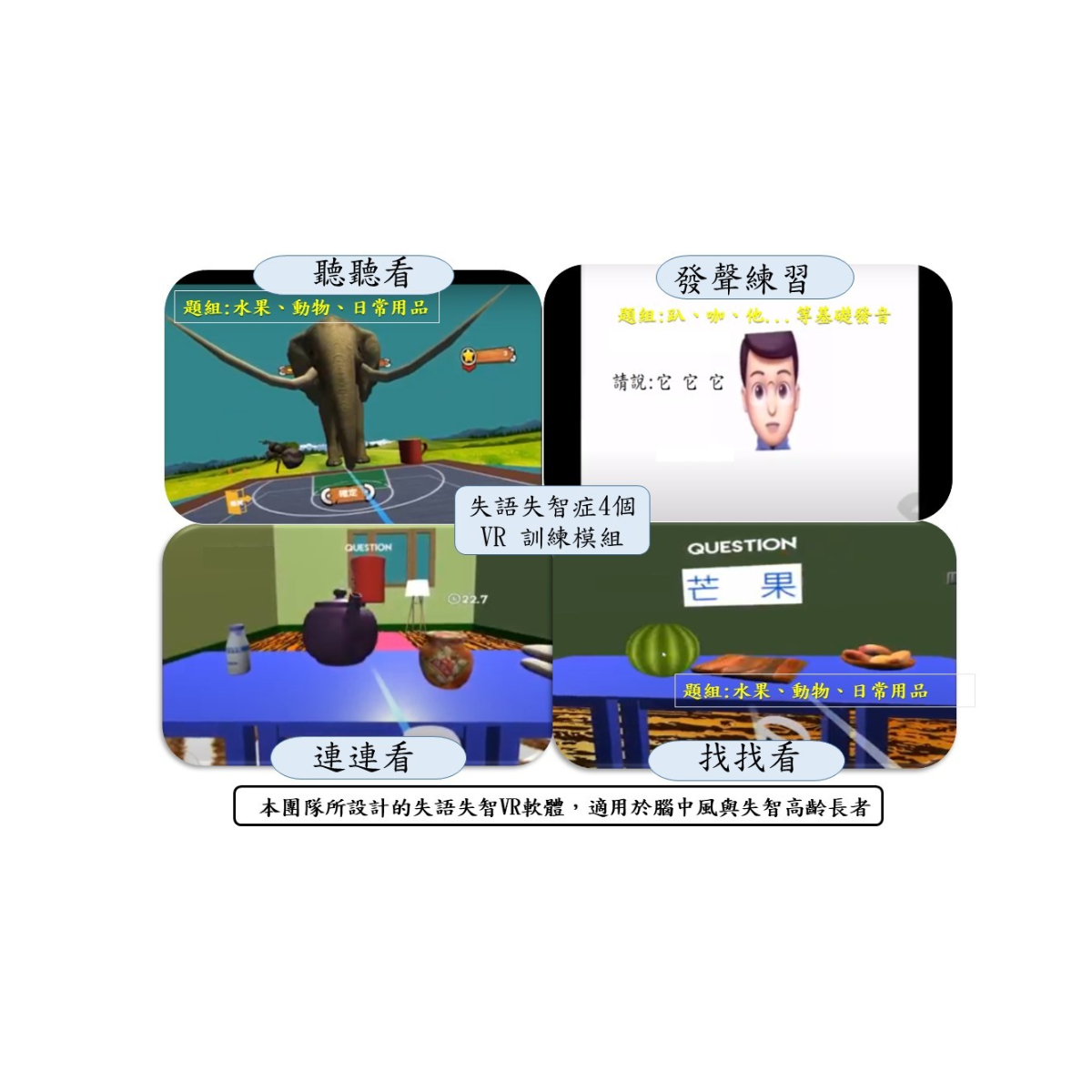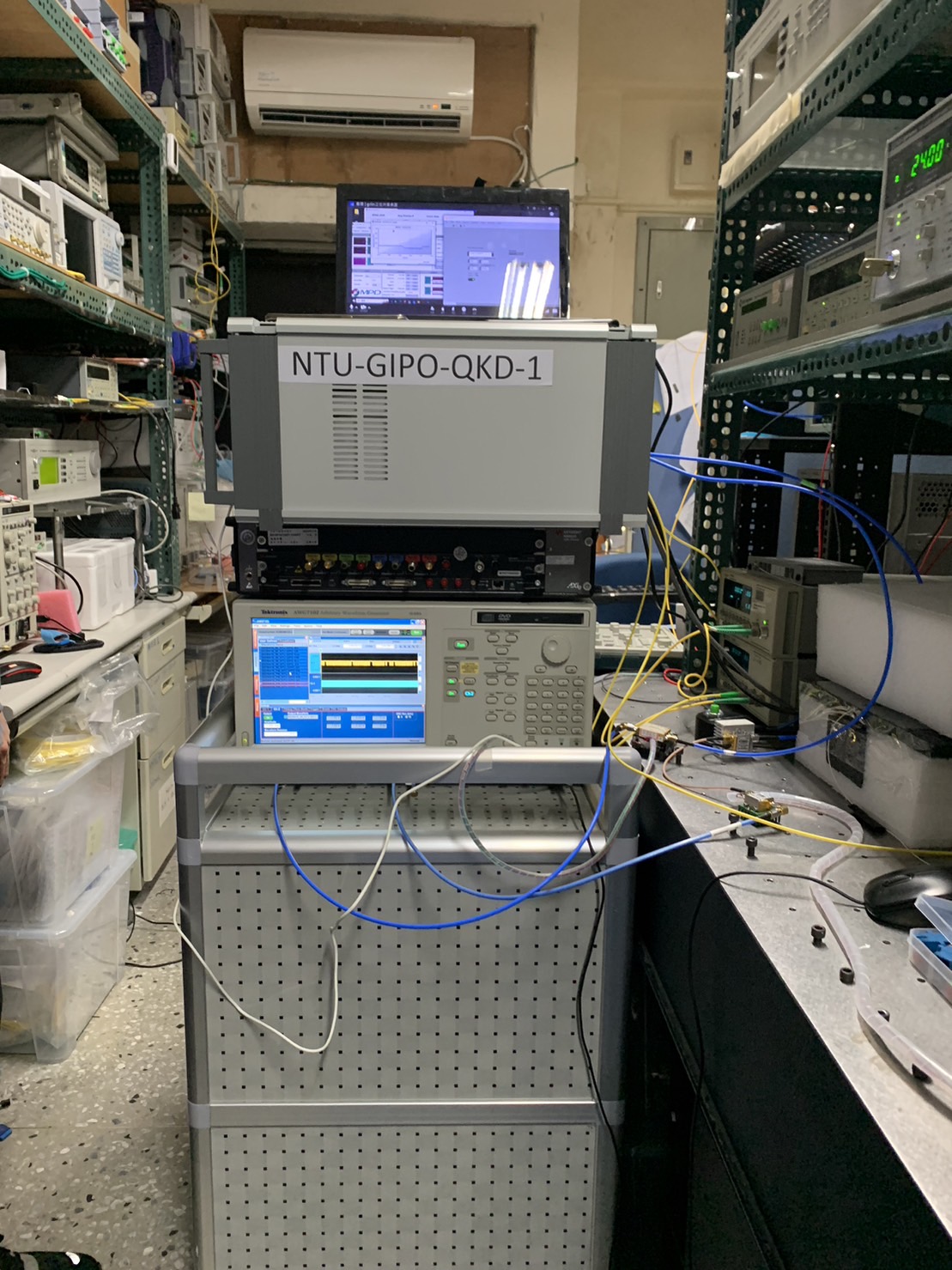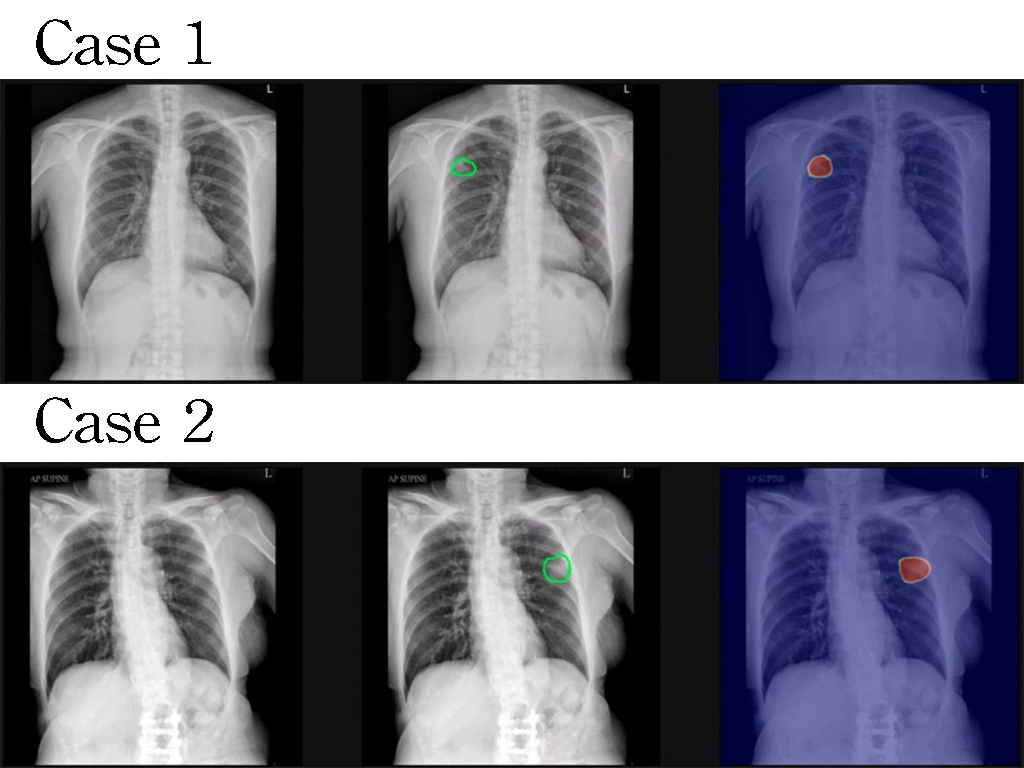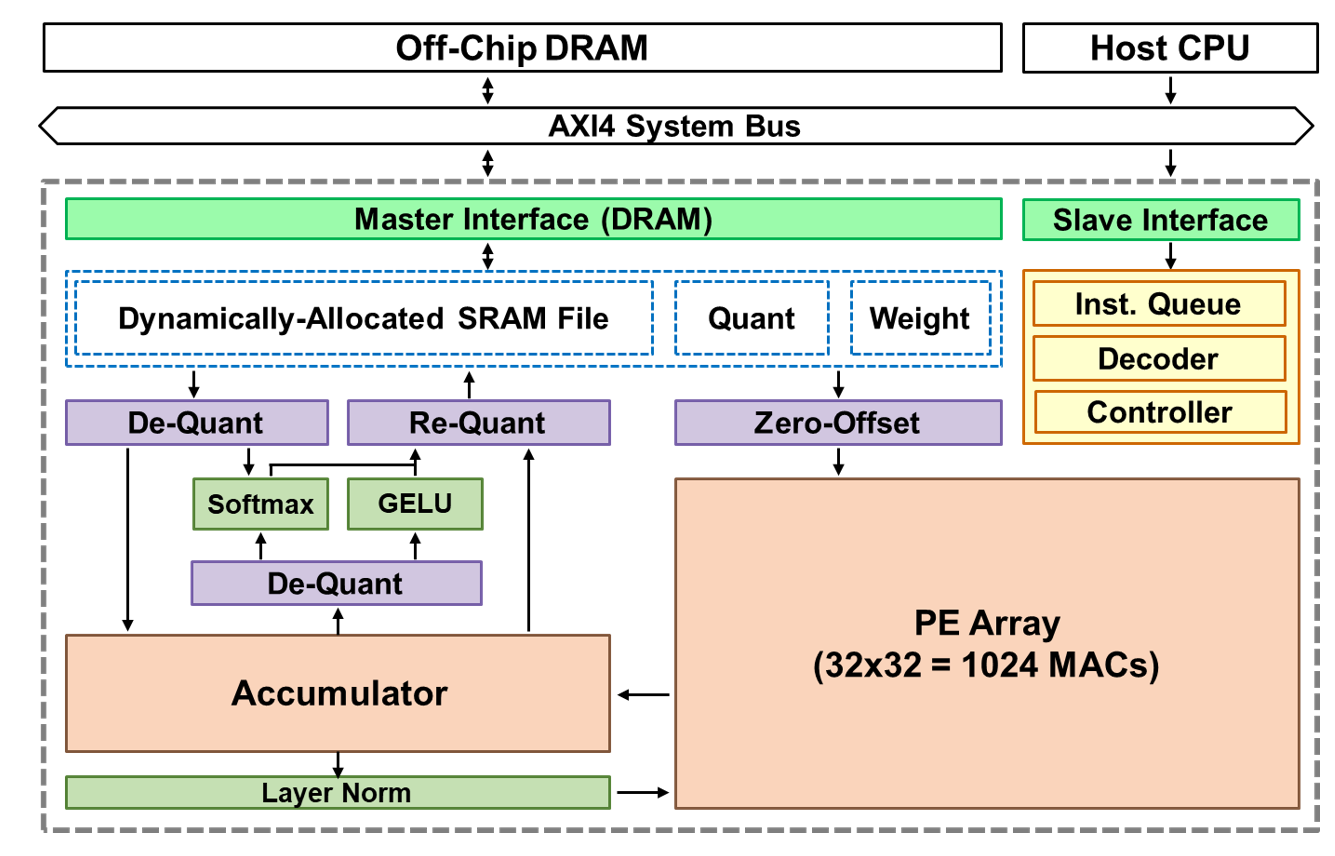| Technical Name | Integration of intelligent transcranial magnetic stimulation and language-cognitive VR training system | ||
|---|---|---|---|
| Project Operator | Taipei Veteran General Hospital | ||
| Project Host | 蔡泊意 | ||
| Summary | Repetitive Transcranial Magnetic Stimulation (rTMS) and Virtual Reality (VR) have shown superior effects in both academic and clinical settings as advanced medical technologies. Our team innovatively connects these two systems to achieve multiplied therapeutic effects through intelligent integration. Moreover, our team has globally pioneered the "Non-invasive Vagus Nerve Stimulation Technique" to enhance the recovery of motor, language, swallowing, and cognitive functions. |
||
| Scientific Breakthrough | Combining these two systems poses many challenges, including the optimal stimulation parameters, the duration of interventions, and the interval needed. We have successfully addressed these technical issues. In addition, we have pioneered a non-invasive approach using rTMS for vagus nerve stimulation instead of surgical intervention. This method is safe and yields excellent outcomes by directly modulating deep brainstem cells and promoting the restoration of language and cognitive function. |
||
| Industrial Applicability | The globally pioneering rTMS/VR compatible system can serve millions of stroke and dementia patients. The VR design has the potential to evolve into an interactive app in the future. The wearable AI-enabled sensing data database provides clinical decision support, laying the foundation for technological development. It can be applied in rehabilitation, neurology, and geriatrics, making it suitable for clinics and hospitals, thus achieving the ideal of high-tech and human-centered therapy. |
||
| Keyword | Transcranial magnetic stimulation Virtual Reality training stroke dementia Geriatrics Language training Cognitive training Intelligent techology | ||
- Contact
- GU,CAI-LING
- vivitsai0518@gmail.com
other people also saw





